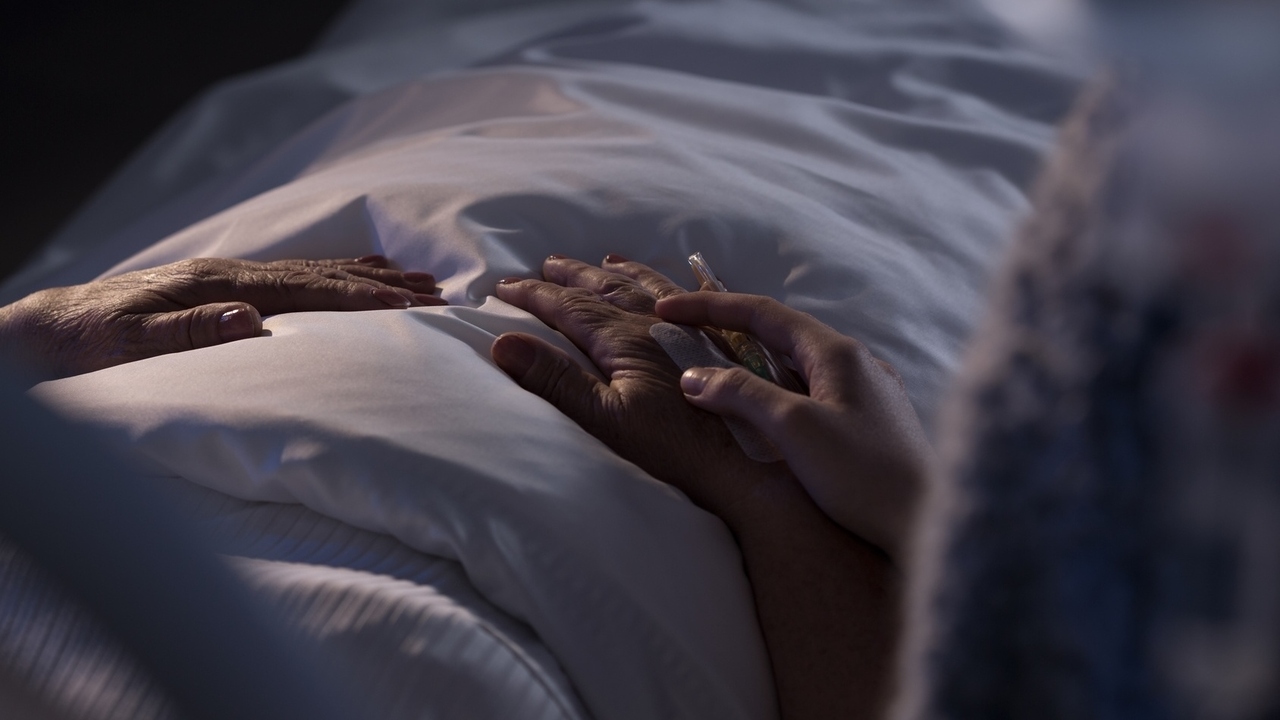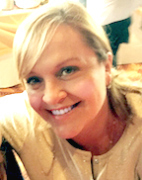 Photographee.eu/Fotolia
Photographee.eu/Fotolia
We tend to think of death as the failure of medicine. Today, a loved one’s death tends to be sterile and clinical, and too often set in the grim intensity of the ICU. But increasing evidence shows benefits to dying at home.
In “Die Wise: A Manifesto for Sanity and Soul,” Stephen Jenkinson said that we live in a death-phobic culture. Doctors and psychiatrists and family members hesitate to use the word “dying.” Cancer patients feel duty-bound to address their illness in terms of “hope” and “battle” with unquenchable optimism.
“Many people are fearful that if they speak of dying in a clear way ‘at the wrong time’ they will disarm dying people at the very time they are supposed to be fighting. I’ve seen many times that family members and health care workers secretly believe that to speak of dying is to approve of dying, that mutes most of us when dying is in the room,” wrote Jenkinson.(5)
During my own father’s final illness, when he was discharged from the hospital and enrolled in hospice, I, myself, unable to verbalize the word death, told him only, “It’s serious, Dad.” He died within two weeks.
Even writing that last line, “he died within two weeks,” feels mawkish and overly personal, despite the fact all fathers die, or, to use fewer qualifiers— we all die.
The notion of dying as remote and other, as a failure of institutions or of the patient to fight hard enough, seems to have arisen relatively recently. With 19th century industrialization and the professionalization of medicine, a “good death” became defined by whether doctors and clergy were present.(3)
Lawrence Rosen, in his review of the book “A Social History of Dying,” wrote, “In an age of ever-increasing attempts to control nature, dying was transformed from a ‘wild’ thing into something that had to be, and for the first time could be, ‘tamed’ by those who knew how to do so.”(3)
But that taming of death, removing it from the home sphere and putting it into the medical world, has resulted in a culture of dying that makes death seem less a natural end and more like dystopic science fiction.
Barbara Moran describes her mother’s regrettable end in an opinion piece for the New York Times:
“After four months in the I.C.U. she was on 24-hour dialysis, with a breathing tube down her throat and a feeding tube up her nose. She hated all the tubes; her hands were tied to the bed so she couldn’t pull them out.(4)
Palliative care, which address a patient's symptoms and pain while undergoing medical care, and hospice which provides comfort to the dying without medical intervention, have begun to re-humanize the death experience.
Like the home-birth movement, which posits that giving birth in a home-like environment is preferable, there is a growing movement towards a return of home deaths.
Home deaths increased in Canada and the United States in the 1990s and 2000s and there is growing evidence that dying people prefer to die at home. A 2013 study showed 25–87 percent of people prefer a home death.(2)
A recent study of cancer patients in Japan suggests that dying at home may even prolong life. Researchers analyzed the deaths of 2,069 patients, 487 of whom had home-based care. Of those, 387 died at home.(1)
Patients cared for at home, whose prognosis for survival was only a matter of days, tended to live 13 days verses 9 days at the hospital. Patients who had a prognosis in the range of weeks lived 36 days at home versus 29 at the hospital. (1)
Researcher Jun Hamano concluded, “Our findings demonstrate that home death does not have a negative influence on the survival of cancer patients.”(1)
Dying at home not only makes patients more comfortable, it but may give them a few more days with those they love. Have the conversation with your loved ones now, and make where you die part of your living will.
Reviewed April 13, 2016
by Michele Blacksberg RN
Edited by Jody Smith
1) Dying at Home Did Not Hasten Death for Cancer Patients. CancerNetwork.com. Retrieved April 12, 2016.
http://www.cancernetwork.com/end-life-care/dying-home-did-not-hasten-death-cancer-patients#sthash.JnT0jY8A.dpuf
http://www.cancernetwork.com/end-life-care/dying-home-did-not-hasten-death-cancer-patients
2) Dying at home – is it better: A narrative appraisal of the state of the science. SagePub.com. Retrieved April 11, 2016.
http://pmj.sagepub.com/content/early/2013/05/22/0269216313487940.full
3) The Death of Dying? American-Interest.com. Retrieved April 11, 2016.
http://www.the-american-interest.com/2007/11/01/the-death-of-dying
4) Not Just a Death, a System Failure. NYTimes.com Retrieved April 11, 2016.
http://opinionator.blogs.nytimes.com/2016/02/06/system-failure/?WT.mc_id=2016-KWP-AUD_DEV&WT.mc_ev=click&ad-keywords=AUDDEVREMARK&kwp_0=103112&kwp_4=500835&kwp_1=272889
5) Die Wise by Stephen Jenkinson. North Atlantic Books, 2015.
6) The History of Hospice Care. nhpco.org. Retrieved April 12, 2016.
http://www.nhpco.org/history-hospice-care





Add a CommentComments
There are no comments yet. Be the first one and get the conversation started!